How comic books and music subcultures collide, from punk ghosts to hip-hop album companions
There’s a whole universe (or several) of characters and creations that are born when the two intertwine
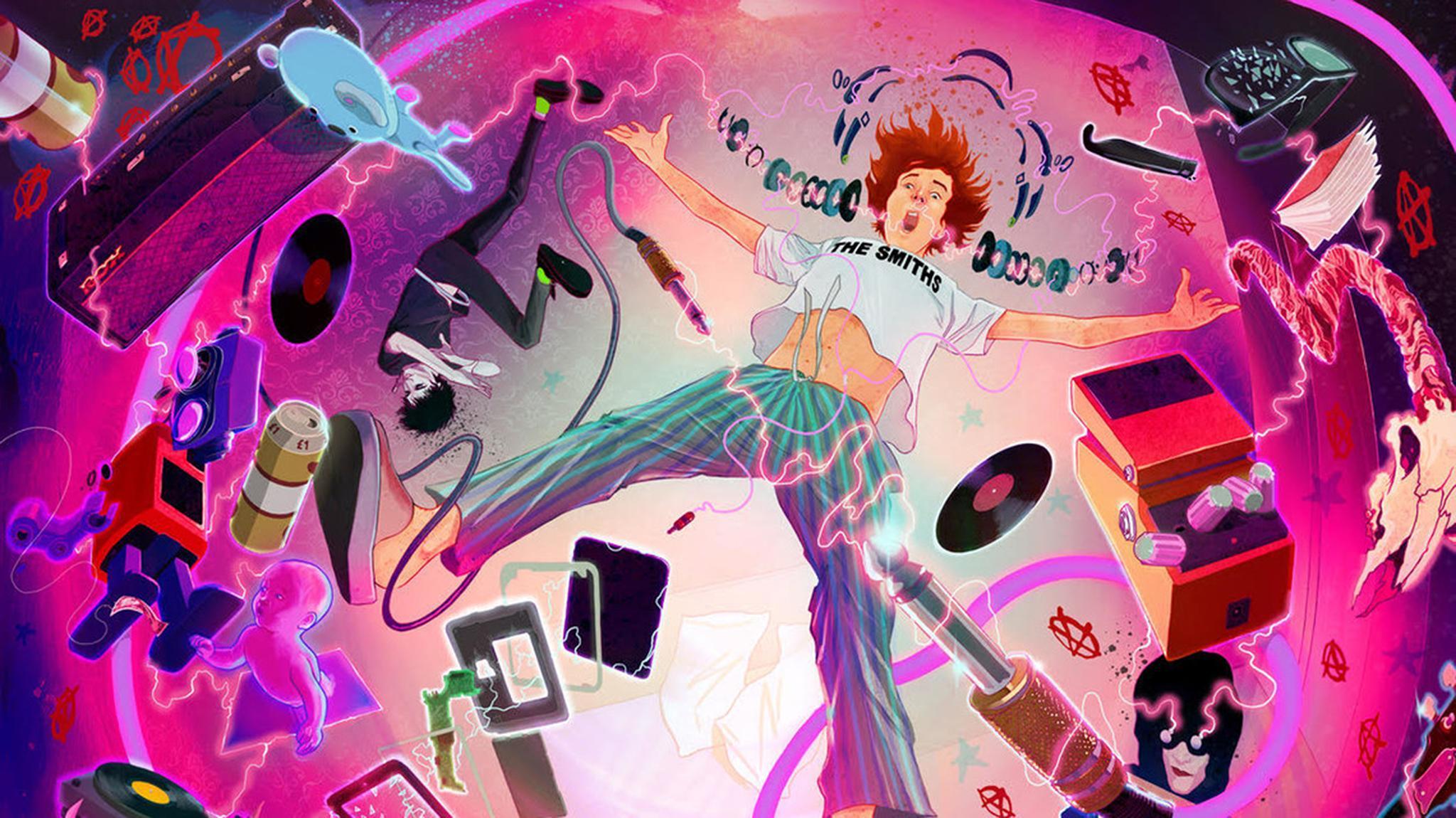
Your support helps us to tell the story
From reproductive rights to climate change to Big Tech, The Independent is on the ground when the story is developing. Whether it's investigating the financials of Elon Musk's pro-Trump PAC or producing our latest documentary, 'The A Word', which shines a light on the American women fighting for reproductive rights, we know how important it is to parse out the facts from the messaging.
At such a critical moment in US history, we need reporters on the ground. Your donation allows us to keep sending journalists to speak to both sides of the story.
The Independent is trusted by Americans across the entire political spectrum. And unlike many other quality news outlets, we choose not to lock Americans out of our reporting and analysis with paywalls. We believe quality journalism should be available to everyone, paid for by those who can afford it.
Your support makes all the difference.So I wrote a comic book, which features a lead character who bears a striking resemblance to one of the most infamous figures of the punk scene of the 1970s.
The first issue of Punks Not Dead, with art by Martin Simmonds along with a creative team of Aditya Bidikar, Dee Cunniffe and Shelly Bond, hit the stands this week, and is about a 15-year-old kid who is the only person who can see or hear the ghost of a long-dead punk rocker called Sid.
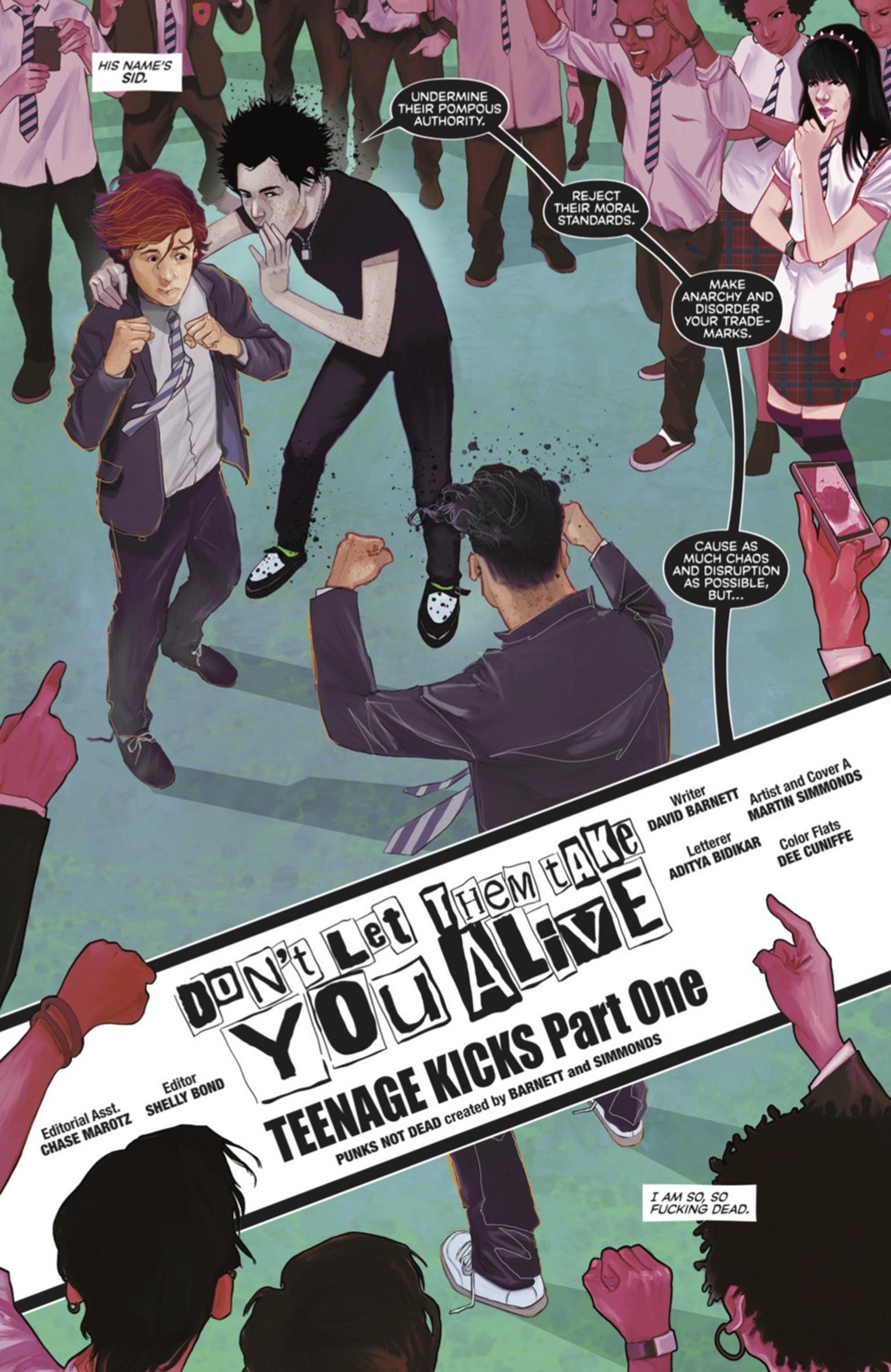
Is it Sid Vicious? Well, no, because Sid’s been dead nearly 40 years, and as we know, outside of comics and books and films, ghosts don’t actually exist. But maybe our ghostly Sid does think he’s Sid Vicious, at the very least, and that’s a mystery that will be solved as the comic progresses.
Sid is by no means the first musically-inspired character to appear in comic books. Indeed, there’s a long-standing and very strong tradition of pop and comics intersecting, either tonally and thematically or with actual appearances on the printed page by real-life musicians.
Probably one of the earliest mash-ups between comics and music was in May 1959 when all-American troubadour and actor Pat Boone had a starring role in an issue of the title called Superman’s Girl Friend, Lois Lane.
A smiling, waistcoated Boone is seen on the cover, tinkling his ukulele as Lane plays at the piano on their collaborative venture about the Super-Boy Scout (presumably not, as a quick aside to comic books crossing over in the other direction into music, either Laurie Anderson’s “O Superman” or Black Lace’s “Superman”). The cape-clad hero flies into the scene, offering some quick criticism (“It’s a great tune!”) but declaring with foreboding: “But I must use all my superpowers to prevent it becoming a hit!” Well, it made a change from beating up Lex Luthor every issue.
Perhaps the most ubiquitous rock stars to appear in comics are the American band Kiss who, let’s face it, look like comic characters themselves in real life with their over-the-top stage costumes and elaborate make-up. Marvel Comics had a particular fascination with Kiss in the 1970s, first putting the band into an issue of Howard the Duck and then giving them their own title… with a twist.
For the first issue of that in 1977 each of the band members had a syringe of their actual blood drawn by a registered nurse which was then poured into the vat of red ink at Marvel’s printers in New York and used to print the comic. Simpler, happier times; there’d probably be a raft of health and safety legislation that would prevent that these days.
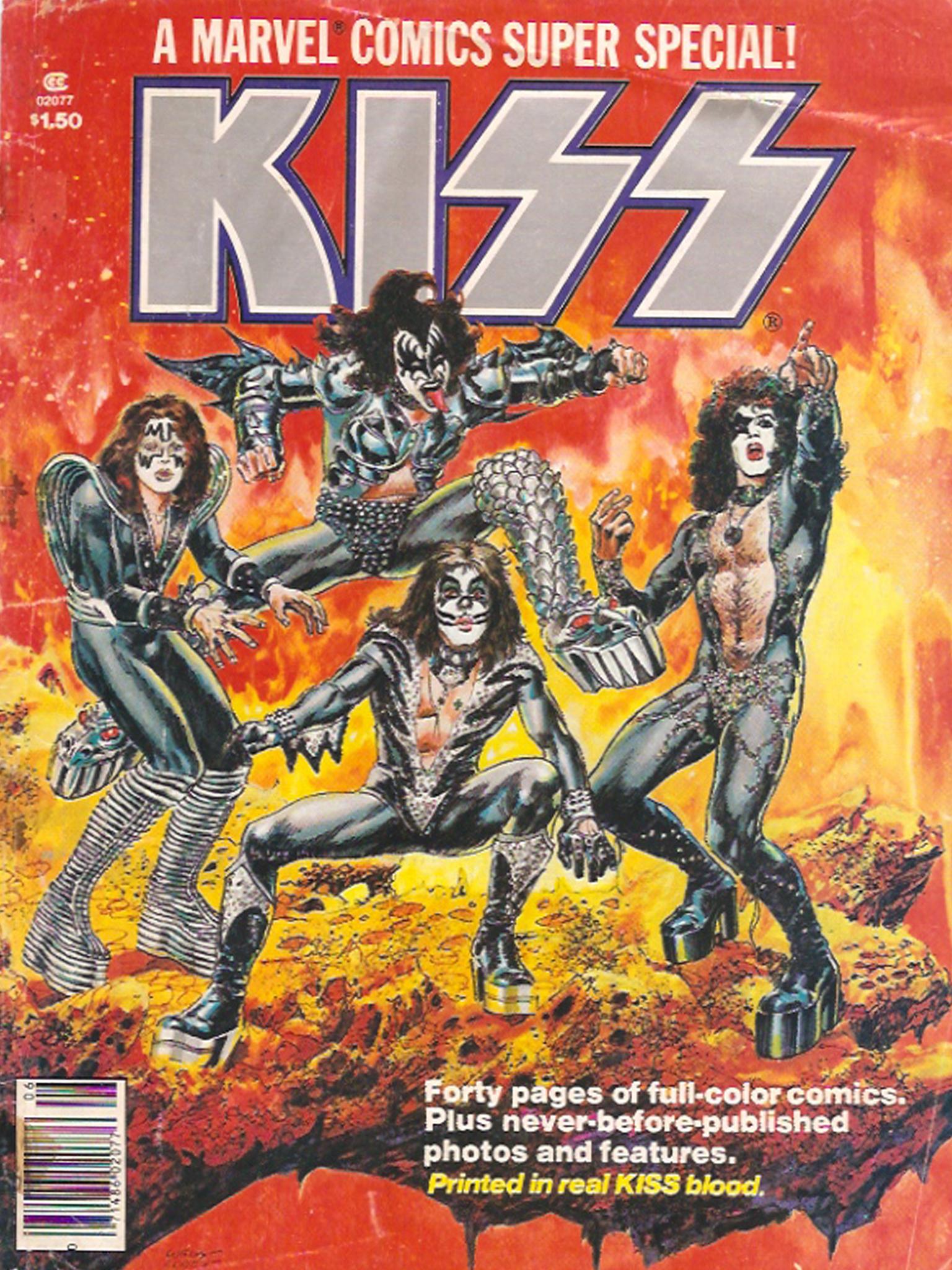
Two decades later Kiss again got their own title from publisher Image Comics, which ran to 31 monthly issues, and a few years later they got yet another comic from Dark Horse. Their most recent appearance has been in a series from IDW – publishers of my own Punks Not Dead.
Kiss also made a 2011 appearance with the cast of one of America’s best loved and most enduring comic books, Archie. Not widely known in the UK until the recent television adaptation in the form of Riverdale, the comics – featuring the eponymous perpetual teen Archie Andrews and his pals Jughead, Betty and Veronica – have been a mainstay of US culture since the 1930s.
Archie comics have been diversifying and expanding wildly in recent years, and in 2017 they launched a title called The Archies, written by Alex Segura and Matt Rosenberg with art by Joe Eisma and Matt Herms, in which the gang formed a band and hit the road, with some very special guests, as they say in the pop industry.
Having rocked out with punk icons The Ramones, the time-hopping Archies have played gigs with The Monkees and contemporary acts such as Chvrches and, most recently, Canadian indie-pop duo Tegan and Sara.
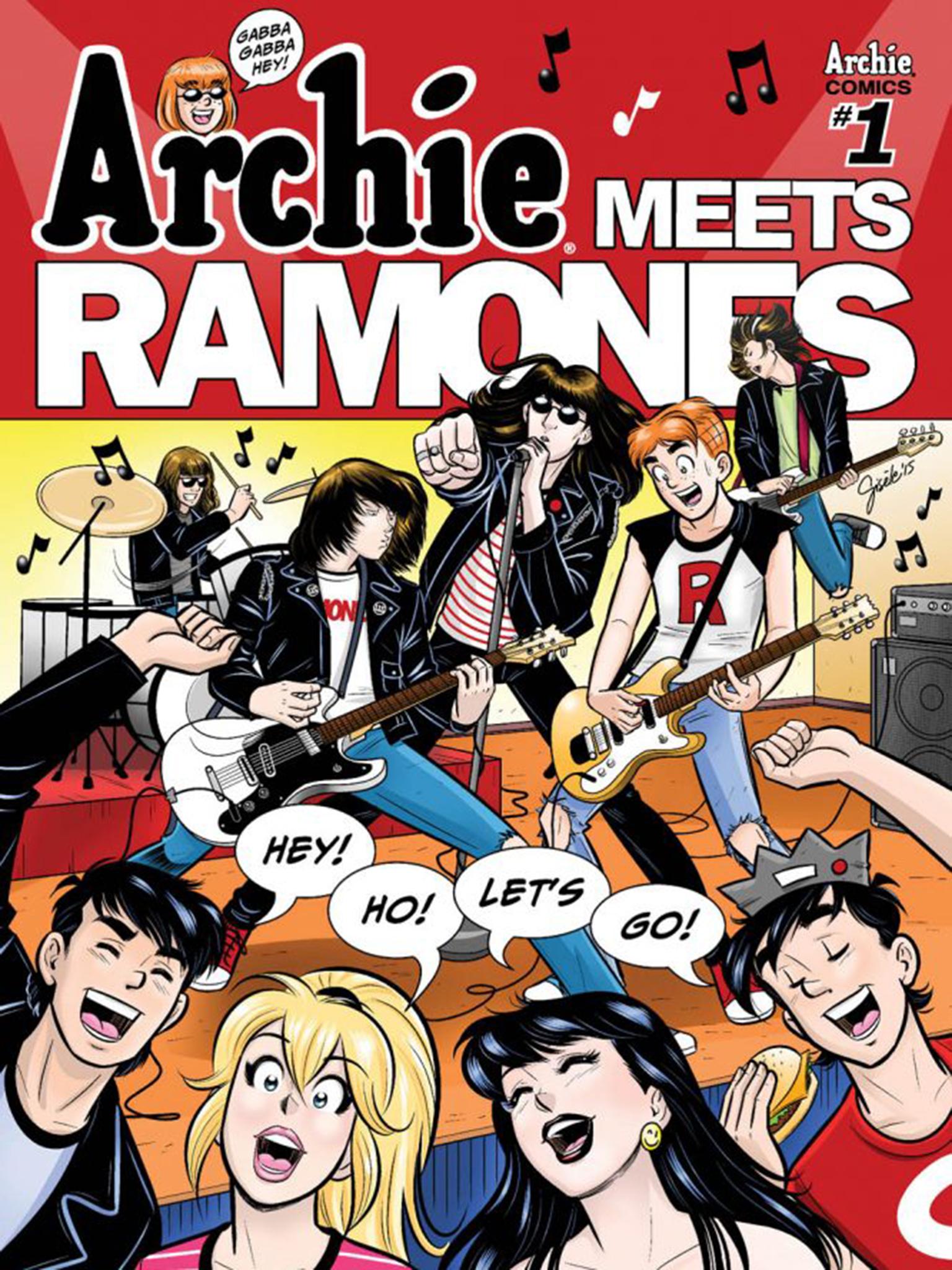
Aside from real-life musicians jumping into the world of comics, there are a number of titles that have been more reflective of the spirit of music. This Damned Band, written by Paul Cornell with art by Tony Parker (Dark Horse Comics) posited a fictional 1970s metal band called Motherfather who, like many outfits of the time, used the imagery of black magic and Satan worship in their act. The difference being that Motherfather were actually worshipping a very real Satan, and came across like a crazy mix of Spinal Tap and The Exorcist.
But the most ambitious comic that tapped into the whole musical landscape must be Kieron Gillen and Jamie McKelvie’s Phonogram series (Image Comics). Told over three separate series – Rue Britannia, The Singles Club and The Immaterial Girl, Phonogram is a tour de force that revolves around Dave Kohl, a “phonomancer” who uses music to manipulate magic, and the cast of individuals who tread similar paths hidden from the rest of us. The first volume was drenched in Britpop and featured Kohl searching for the missing Britannia, the actual goddess of Britpop, with later storylines focussing more on the troubled Emily Aster, leader of the coven of London phonomancers. It’s a quite astonishing creation in terms of its originality and how it taps into the zeitgeist of popular music.
To further cement the links between music and comics, several musicians have made the leap into creating their own comic books. Perhaps the most high profile is Gerard Way, frontman of the American rock band My Chemical Romance. A lifelong comics fan, Way actually had his first comic published in 1993, at the age of 16. On Raven’s Wings was cancelled after two issues due to problems with the art team, but Way, after founding My Chemical Romance, persevered and in 2007 wrote the highly-acclaimed series Umbrella Academy, with art by Gabriel Ba. Umbrella Academy is currently in development as a TV series for Netflix, and for the past couple of years Way has been doing his dream gig – curating an imprint, Young Animal, for one of the Big Two US publishers DC comics, for which he also writes the titles Doom Patrol and Cave Carson.
Artists from the worlds of rap and hip hop have had a good strike rate with comics, including Tyrese Gibson with his 2007 title Mayhem, about a Daredevil-style vigilante in Los Angeles, and Wu-Tang Clan’s Ghostface Killah, who penned a six-issue comic to be released in conjunction with his 12 Reasons To Die album. Darryl McDaniels of Run DMC set up his own publishing imprint, Darryl Makes Comics, in 2013, kicking off with DMC, a superhero version of himself.
Rob Zombie, founding member of the metal band White Zombie, has made several forays into comics writing over the years, concentrating (as you might expect) on horror comics such as Rob Zombie’s Spookshow, Whatever Happened to Baron Von Shock, and The Nail, with echoes of the down and dirty horror comics of the 1950s which earned the attention and ire of the government in the US, leading to strict regulations for many years on what could be shown in comic books.
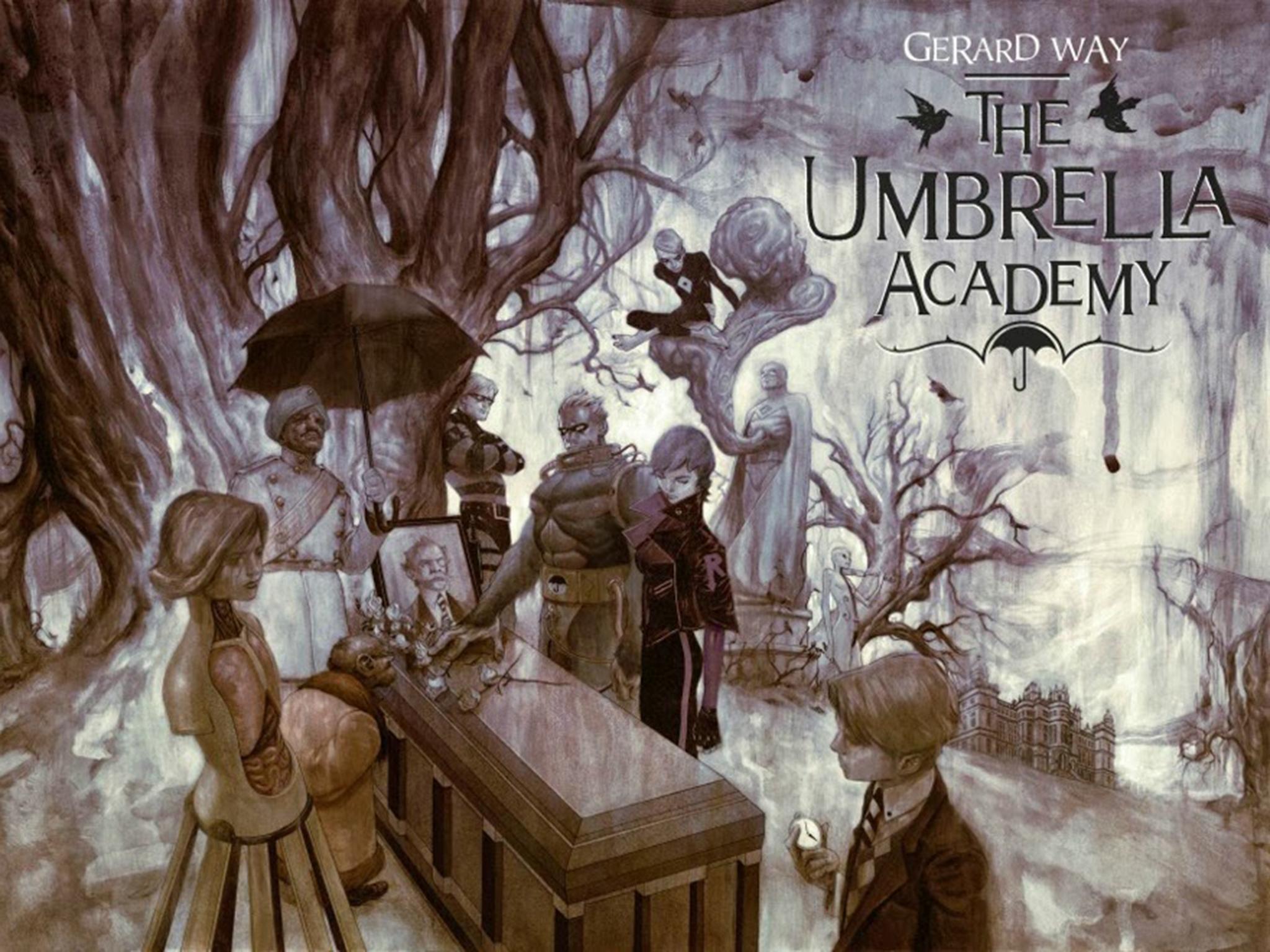
While comics and music are, of course, totally different media, it’s perhaps natural that they should cross over as much as they do. On the most superficial level, there’s probably some shared DNA between those who obsess over the physical artefacts of both, those who collect vinyl and those who collect comic books, filing both in protective sleeves, in orders that might seem arcane to outsiders … by label, or imprint, or creator, or publisher.
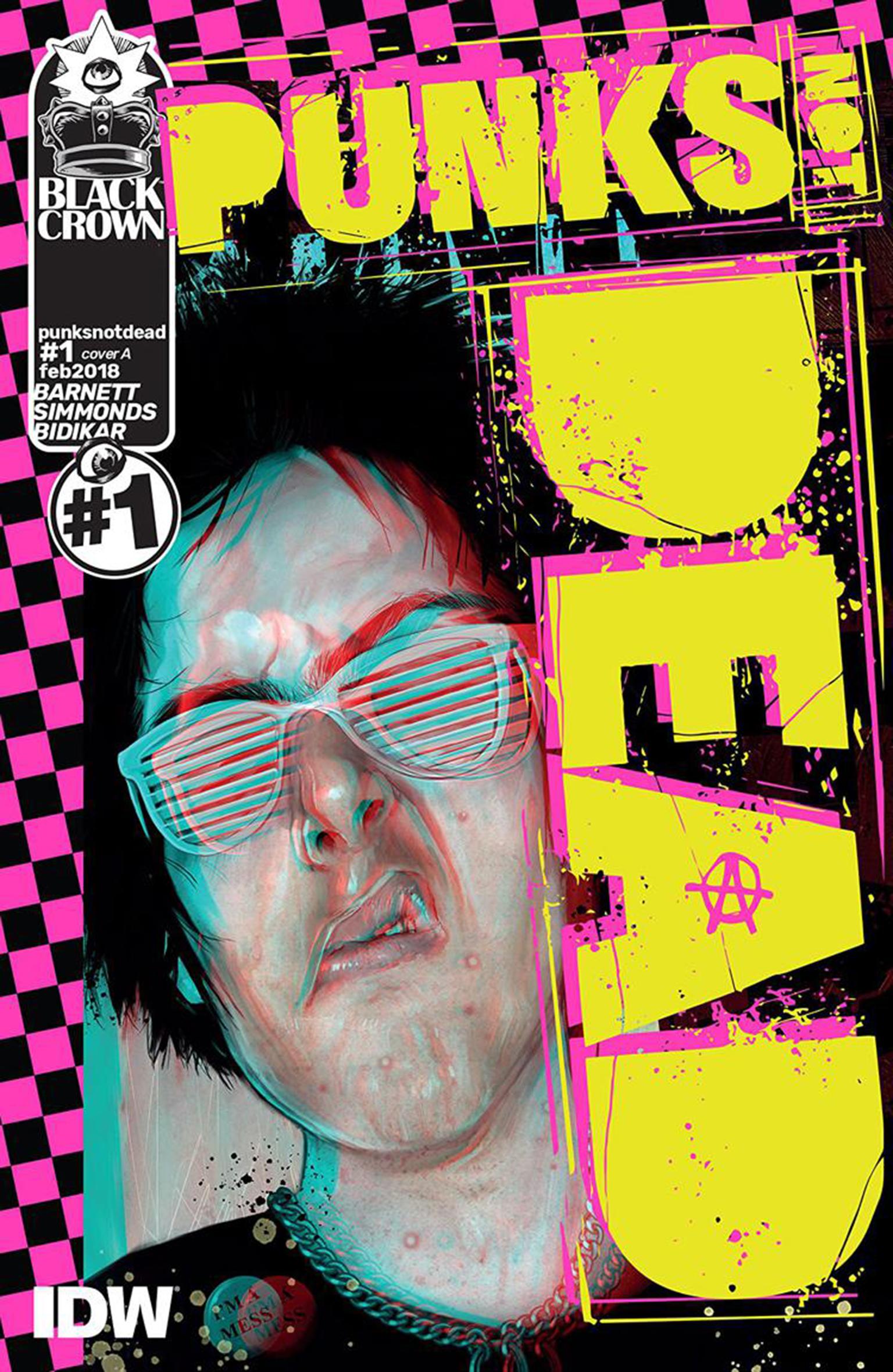
But more than that, pop music and comics have both often been dismissed as disposable culture which, nevertheless, endures. And both of them have a redemptive quality to their art; a song can make you feel better, or sadder, or both, in three or four minutes; it might take a comic book 15 or 20 to do the same job. They both provide a quick emotional hit that can linger for a long time.
In music and comics, independence is feted, and it’s in the corners of both media away from the commerciality and control of the big corporations where creativity and invention can run unfettered. New ideas are explored, transgressive attitudes are fostered, progressive thinking is nurtured. Comics and music create tribes, communities, a sense of belonging, especially for those who feel they have something of the outsider in them, or sense they are out of step with a lot of mainstream culture.
And finally, both allow for ambition and inclusion. We can teach ourselves to play the guitar, we can pick up a pen and write, or draw. We can look at our heroes, and do our level best to become them, whether that’s a rock star or a comic artist. As Sid Vicious once said: “You just pick a chord, go twang, and you’ve got music.”
Punks Not Dead #1, published by Black Crown/IDW, is out now
Join our commenting forum
Join thought-provoking conversations, follow other Independent readers and see their replies
Comments